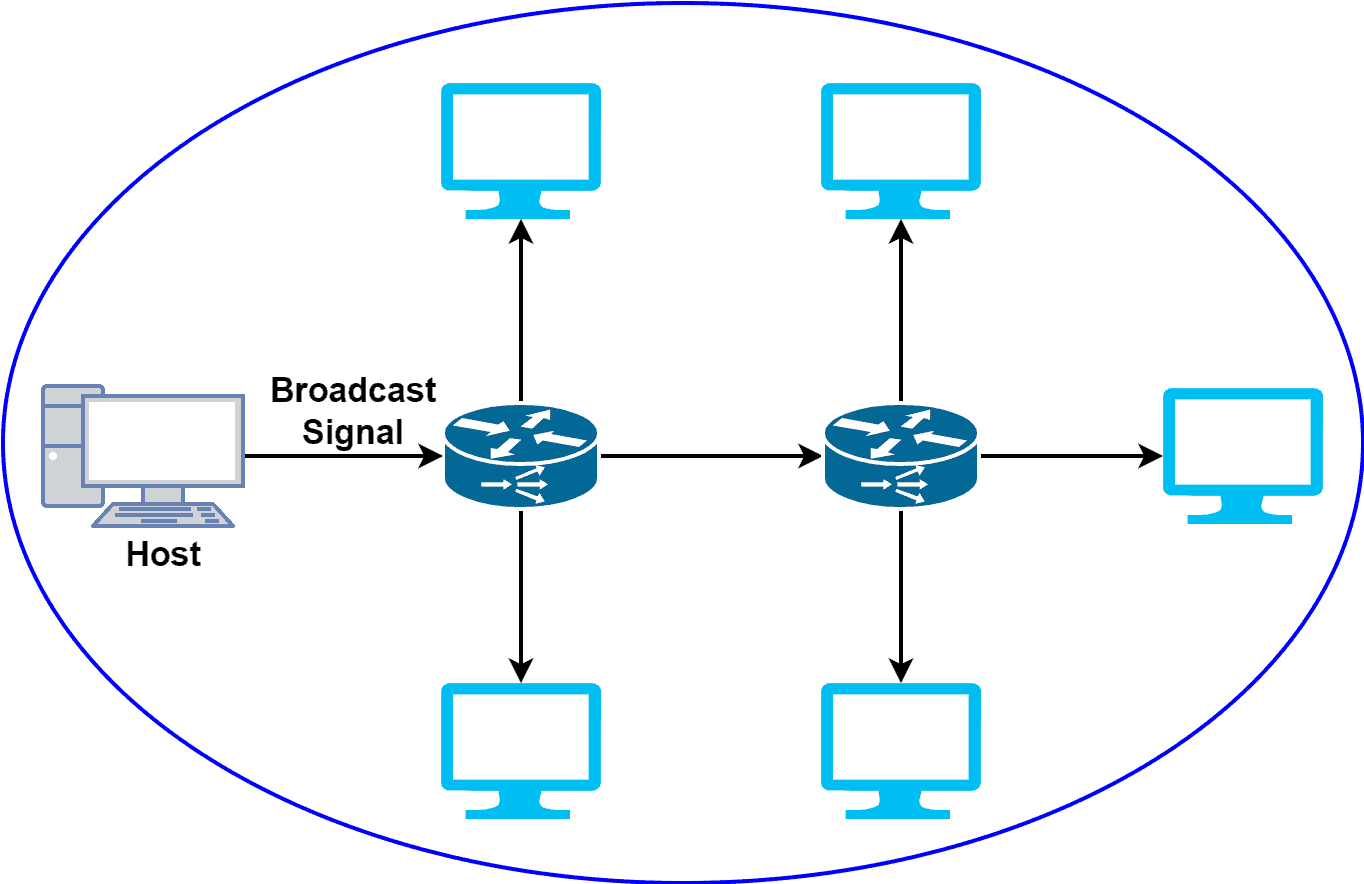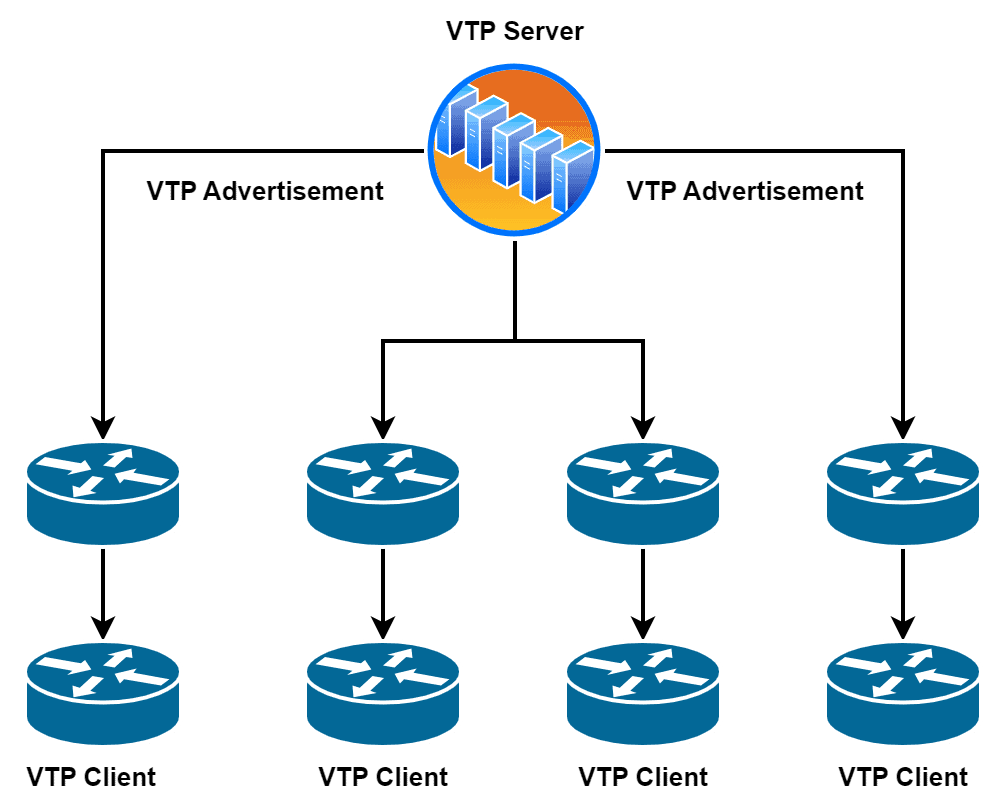1. 概述
在本教程中,我们将讨论虚拟局域网(VLAN)的两种类型:标准 VLAN(Standard VLAN)与扩展 VLAN(Extended VLAN),并重点分析它们之间的核心区别。
2. VLAN 简介
虚拟局域网(VLAN)是一种将物理网络划分为多个逻辑网络的技术。通过为数据包打上 VLAN ID 标签来标识其所属的 VLAN,实现网络的逻辑隔离。
这种技术使得我们可以在同一套物理网络基础设施上创建多个虚拟网络,适用于隔离不同类型的数据流量(如数据、语音、视频),以及划分不同的安全区域。
VLAN 通常通过网络交换机(Switch)配置和管理,广泛用于提升网络的安全性、性能和可管理性。
VLAN 有多种类型,包括:
- 标准 VLAN(Standard VLAN)
- 扩展 VLAN(Extended VLAN)
- 基于端口的 VLAN(Port-based VLAN)
- 基于协议的 VLAN(Protocol-based VLAN)
- 管理 VLAN(Management VLAN)
本文将重点介绍标准 VLAN 和扩展 VLAN。
3. 标准 VLAN
3.1 标准 VLAN 简介
标准 VLAN 是最常见的一种 VLAN 类型,主要用于将网络划分为多个更小、更易管理的子网。常用于企业网络中实现流量隔离和安全区域划分。
下面是标准 VLAN 的典型架构图:

标准 VLAN 常用于企业网络、教育机构、政府单位和医疗系统等场景,具有广泛的应用基础。
3.2 优缺点分析
✅ 优点:
- 提高网络安全性:隔离不同 VLAN 的流量,限制未授权访问。
- 提升网络性能:减少广播域大小,缓解网络拥塞。
- 增强网络管理性:便于故障排查和配置管理。
❌ 缺点:
- 增加网络复杂度:随着 VLAN 数量增加,管理难度上升。
- 硬件成本增加:需要支持 VLAN 功能的交换机。
- 扩展性有限:最多支持 1005 个 VLAN(编号 1~1005),不适合大规模网络。
⚠️ 注意: 如果网络设计合理,这些缺点通常可以被有效规避,因此标准 VLAN 仍是中小型网络的首选方案。
4. 扩展 VLAN
4.1 扩展 VLAN 简介
扩展 VLAN 是一种支持更多 VLAN 数量、支持更细粒度控制的 VLAN 类型。它通常与 VLAN Trunking Protocol(VTP)一起使用,因此也被称为 VTP VLAN。
扩展 VLAN 的 VLAN ID 范围为 1006~4094,相比标准 VLAN,提供了更高的扩展能力。
扩展 VLAN 通过支持 VLAN 子接口(VLAN Sub-interfaces),可以实现在一个 VLAN 内部创建多个子网,从而提供更灵活的网络控制。
其典型架构如下:

扩展 VLAN 常用于大型企业网络,支持高级功能如 QoS(服务质量)和 VPLS(虚拟私有局域网服务)等。
4.2 优缺点分析
✅ 优点:
- 更强的扩展性:支持最多 4094 个 VLAN,适合大规模网络。
- 更灵活的控制:支持 VLAN 子接口,实现更细粒度的流量管理。
- 支持高级功能:如 QoS、VPLS 等。
- 安全性增强:通过子接口隔离敏感流量。
❌ 缺点:
- 配置复杂:子接口和 VTP 的使用增加了配置和维护难度。
- 成本高:需要支持 VTP 的交换机(VTP Switch),设备成本上升。
- 安全风险:VTP 协议存在被攻击的风险(如 VLAN 注入攻击),需额外防护。
⚠️ 踩坑提醒: 在部署扩展 VLAN 时,建议关闭 VTP 的自动同步功能,防止恶意 VLAN 配置注入导致网络故障。
5. 标准 VLAN 与扩展 VLAN 的对比
| 特性 | 标准 VLAN | 扩展 VLAN |
|---|---|---|
| VLAN ID 范围 | 1 ~ 1005 | 1006 ~ 4094 |
| 是否使用 VTP | 否 | 是 |
| 网络控制粒度 | 较粗 | 更细 |
| VLAN 子接口支持 | 不支持 | 支持 |
| 扩展能力 | 有限 | 强 |
| 实现成本 | 相对较低 | 较高 |
| 适用场景 | 中小型网络 | 大型企业网络、需要高级功能 |
6. 总结
在本文中,我们详细介绍了标准 VLAN 与扩展 VLAN 的定义、架构、优缺点以及核心区别。
✅ 标准 VLAN 更适合中小型网络,配置简单、成本低;
✅ 扩展 VLAN 则适合需要大规模 VLAN 数量和更精细控制的大型企业网络。
在实际部署中,应根据网络规模、扩展需求和安全策略选择合适的 VLAN 类型,并注意 VTP 的潜在安全风险。
如需进一步了解 VLAN 配置与实战案例,欢迎关注后续文章。📧(邮箱:admin@example.com)